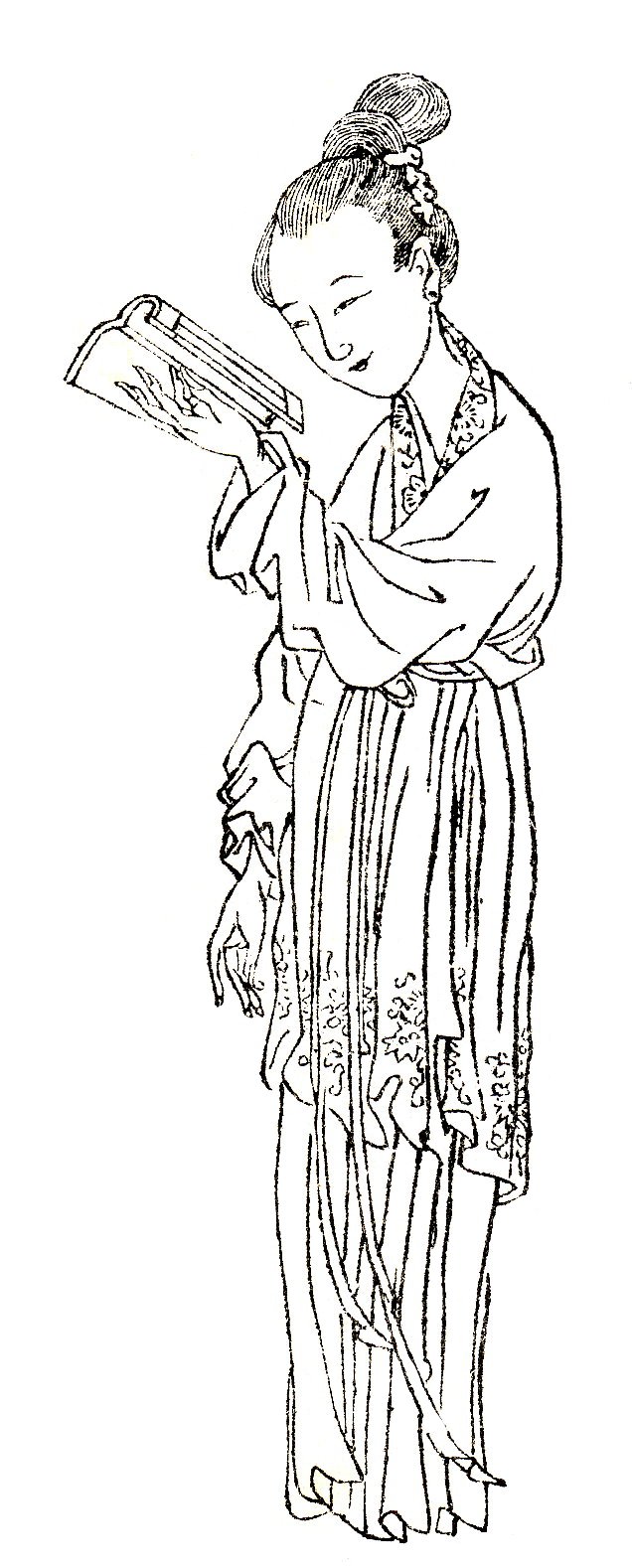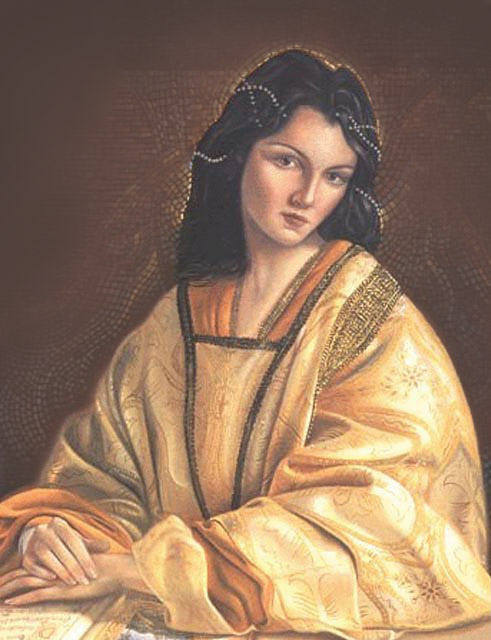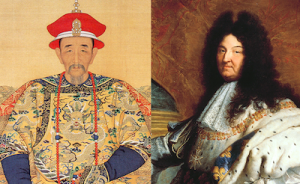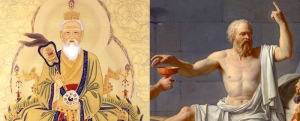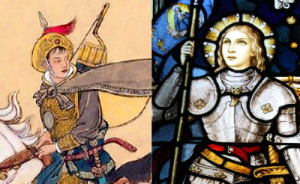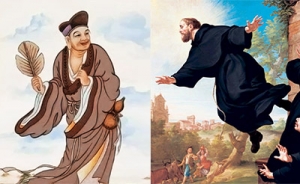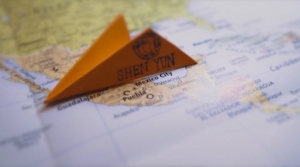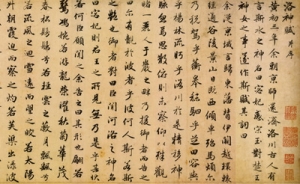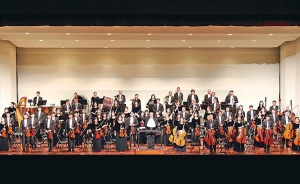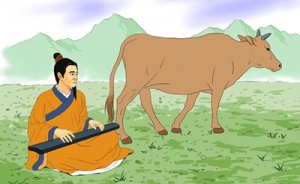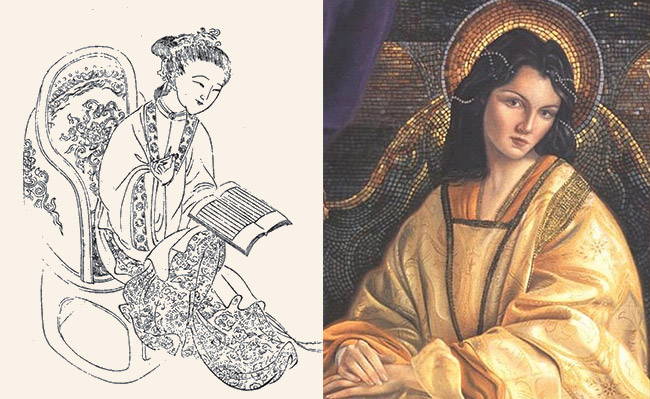
Famous Parallel Figures 5/10: Ban Zhao and Anne Komnene
In this series we look at historical figures from China’s past who have intriguing Western parallels.
Ban Zhao and Anne Komnene may not be household names. But these two women, who lived over a thousand years and four thousand miles apart, have much in common.
Let’s start in China.
Ban Zhao
Ban Zhao (49–117) is considered China’s first known female historian.
She was born into an aristocratic family of third-generation scholars in the Han Dynasty court. Ban Zhao was very well-educated and devoted her life to academia. A writer and poet, she became a librarian at the royal library, a teacher for the court scholars, and was eventually entrusted as a counselor for the empress and tutor for the imperial family.
Ban Zhao is renowned for her Lessons for Women. This widely memorized book was a moral compass for women, with rules of behavior instructing them on how to apply Confucian principles to their daily lives.
In her later years she completed The Book of Han—a monumental work covering the history of the Western or Former Han Dynasty. Her father, Ban Biao, had toiled on this lengthy project up until his passing. Her older brother, Ban Gu, then took over the project. He, however, was later implicated in a power struggle and died in prison. The emperor then appointed Ban Zhao to continue her family’s work.
Finishing The Book of Han took Ban Zhao 19 years. Not having an online search engine might have slowed her a bit, but she did have access to extensive imperial archives and at least never wasted time perusing food blogs.
The final product included annals, biographies, chronological tables, and treatises on law, geography, science, rites, and literature, and was arranged into 120 volumes.
Ban Zhao admired upright emperors of the past who governed with virtue. This led to the creation of volume 20—the acclaimed “Table of Notable People Past and Present.” In this she listed some 2,000 historical figures, providing later generations with an in-depth reference for study.
The Book of Han is part of the official canon of China’s dynastic histories, known as the Twenty-Four Books of History. Its format became the exemplar for future dynastic histories.
Anna Komnene
Let’s fast-forward a millennium and travel to Constantinople.
Anna Komnene was born in 1083 during the reign of her father, Byzantine emperor Alexios I Komnenos.
The princess was well-educated in Greek literature and history, philosophy, theology, mathematics, and medicine. In her youth, she was tutored by experts and engaged in debates with the great scholars of the court. Later on, her father appointed her supervisor of a ten-thousand-bed hospital, where she also taught medicine.
Unlike Ban Zhao, Anna had her own political ambitions. She was less than happy when her younger brother was born and became heir to the throne. Upon her father’s death, Anna attempted to depose her brother. She was unsuccessful, though, as her husband wouldn’t cooperate with her plans, as he believed the crown prince had the right to succession.
Anna’s husband Nikephoros Bryennias the Younger was himself a scholar. He was writing a history of the empire when he passed away, leaving the work undone. Following, Anna settled in a monastery and took it upon herself to revamp and complete her husband’s project.
In her final years, Anna published this political and military history of the Byzantine Empire, renaming it Alexiad. Fifteen volumes and nearly 600 pages long, the book is still studied today, and contains the only available Byzantine eyewitness account of the First Crusade (1096–1099). Descriptive and engaging, the Alexiad is considered an outstanding historical work from the Middle Ages. And Anna is remembered as the first female historian of Western civilization—Ban Zhao’s occidental counterpart, one could say.
Both Ban Zhao and Anna Komnene were highly educated women and influential characters within the imperial court who gave future generations invaluable chronicles of their times.
They did have some differences, mind you. Ban Zhao, for example, never tried seizing the throne. Anna never composed fu style poetry.
Nonetheless, the two women, who lived very different lives oceans apart, left indelible marks on world history and left them in their own words.
We are now halfway through this series. Can you guess one of the remaining parallel pairs?

Betty Wang
Contributing writer


